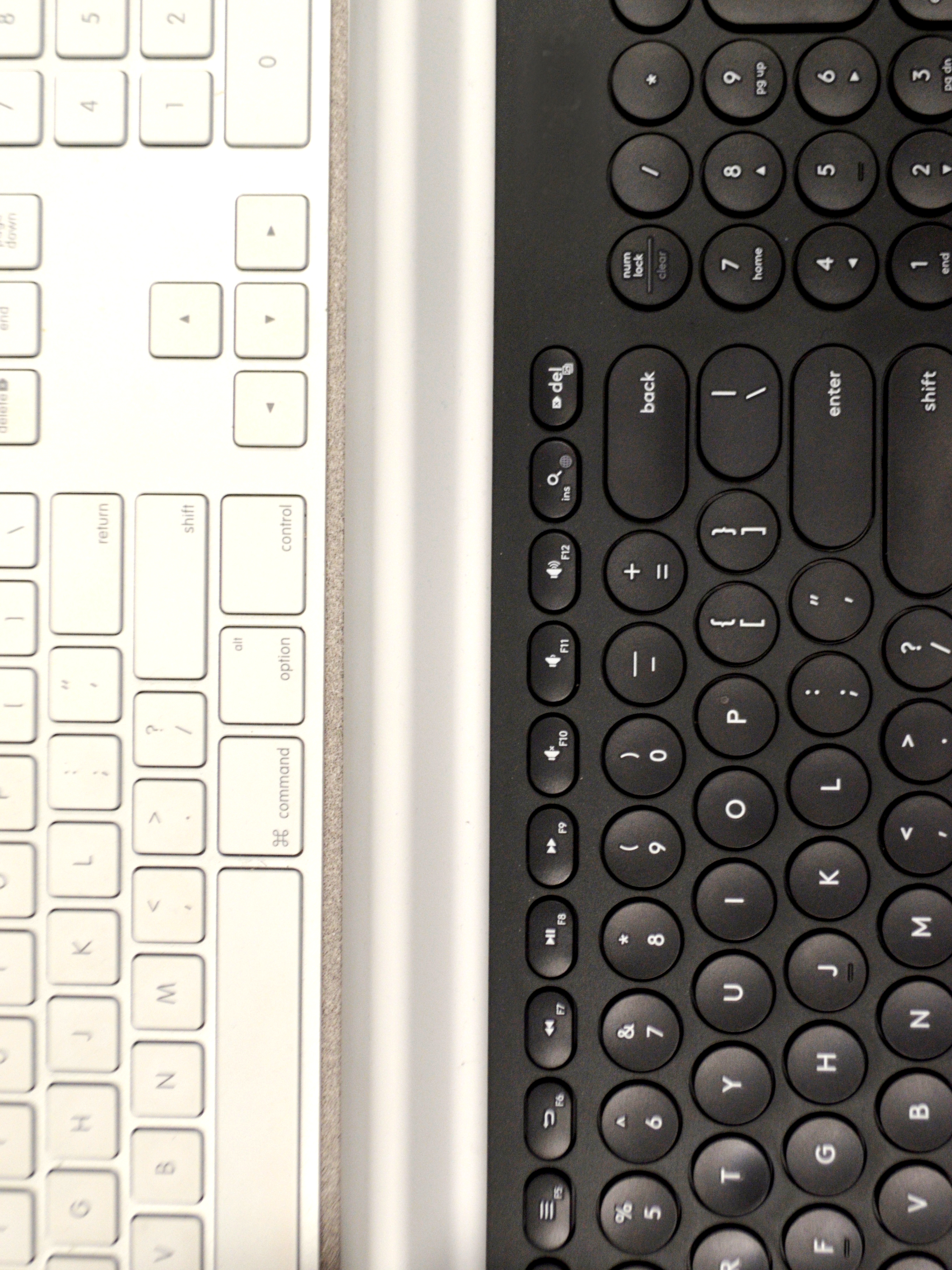
Producing Accessible
Audio & Video
Accessible Audio
Creating Transcripts
Developing an Understanding
Note: In this section, we will look at some general tips for transcribing audio content. Keep in mind that these tips may not work for all people, and that the process of transcribing may need to be changed by and for disabled people. That said, here is a general overview of the process and some advice on how to transcribe effectively.
General Tips

There are three main types of transcripts.
- Full-Verbatim — The interview in its rawest form with every word detailed, including “umms”, “ahs”, stutters, minimal responses, pauses, false starts and other verbal tics.
- Intelligent Verbatim — Also known as ‘verbatim’, ‘clean verbatim’ or ‘word-for-word’, this is a slightly more polished version of the full-verbatim script with all the extraneous extras removed, making it easy to read. This type of transcripts does not include stutters, false starts, or repetitions.
- Detailed Notes — The interview is reduced to a selection of detailed notes which give you quick and easy access to the information you need, without having to parse large slabs of text.
(Take Note, n.d.)
Transcripts should:
- Be accurate and match the spoken words in the dialogue.
- Fully convey background noises and other sounds possible, as appropriate.
- Include who is speaking.
- Fully include everything from the beginning to the end of the program possible.
- Include text for all audio that is spoken including meaningful sounds. Ask yourself, does leaving out this sound change the story or experience? You can use your own judgment. For example: should you indicate in captions/transcript that someone has coughed? If someone is giving a speech and pauses to cough — it is not necessary to include but if a character in a play is coughing, because it foreshadows their later death — it is important to the story, so it should be included.
- Be accurate and honest. Do not correct grammar and do not censor.
(W3C, 2021)
You can transcribe manually or by using software. We will begin with manual transcription, which requires listening to audio and writing or typing what you hear. The process is slow, but many media makers prefer to transcribe manually for accuracy and reliability.
When transcribing an interview manually:
- Use good quality noise canceling headphones to listen to the audio content while you transcribe. Sometimes the sound can be muffled or difficult to hear, so good quality headphones can save you time from having to re-listen to certain segments many times over and eliminate background noise so you can concentrate on the audio you are listening to.
- Open a word processing software like Microsoft Word or Pages or a web-based processor like Google Docs.
- Listen to the entire recording before you begin to transcribe. Take notes as you listen and write down words, jargon, or terms you don’t understand and might have to look up.
- Transcribe a rough draft. Don’t worry about spelling and accuracy as you will review and check this initial draft.
- Review and edit while relistening to the audio. Check for spelling and misheard words and identify each speaker.
- Format by adjusting the font size to ensure readability.
(W3C,2021)
Here’s an example of what a transcript of an interview would look like:
Interview with Mayor Sam Chin
I: Toronto Mayor Sam Chin joins me now in studio. Good to have you with us.
P: Good to be here.
I: Let's start with today's big meeting - yet again - on the Scarborough subway. Hasn't this issue been resolved, yet? I think a lot of people out there would think it's a done deal. It's not?
P: Well, it seems no. I keep saying that we need to move ahead with this project, that people in Scarborough have waited a long, long time and we want to deliver on a promise to them. It's the right thing to do.
I: What do you say to city council members who want to re-open the issue, have another vote, redesign the idea or scrap it altogether?
P: Look, we've had eight votes in council already. Eight times where we've looked at what could be done, what should be done. And eight times where we've decided we're going ahead. It's going to happen. And hopefully we'll get things started soon.
I: Mayor Sam Chin, thank you for your time.
P: My pleasure. Anytime.



